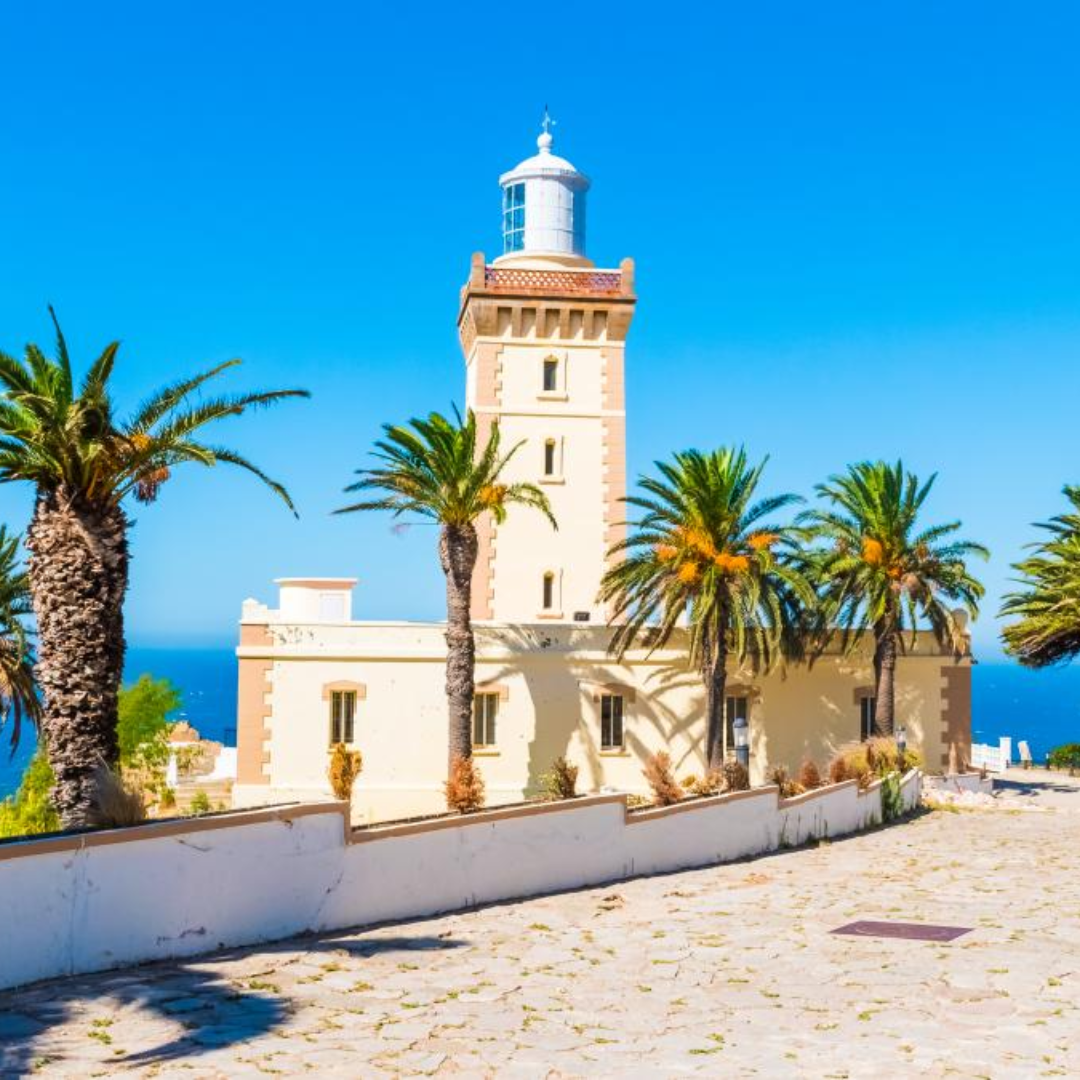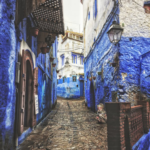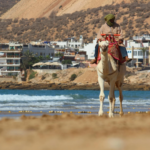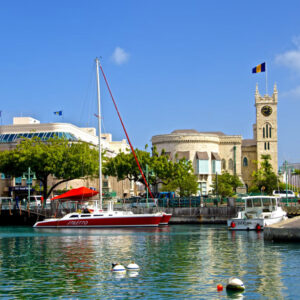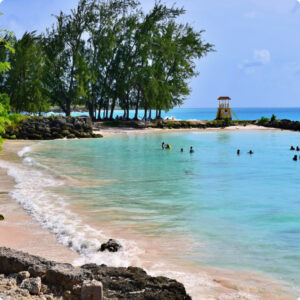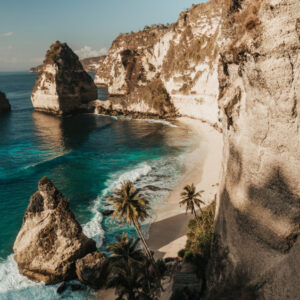Tangier is a port city located in the northernmost part of Morocco, where the Mediterranean Sea meets the Atlantic Ocean. Known for its strategic location, Tangier has a rich history of cultural exchange, making it a melting pot of diverse influences from Europe, Africa, and the Middle East.
-
Port City – A vital harbor that has historically served as a key point for trade between Africa and Europe.
-
Medina – The old town of Tangier, filled with narrow streets, traditional markets, and historical buildings.
-
Café Hafa – Famous for its views over the Strait of Gibraltar, this iconic café is a symbol of the city’s vibrant cultural life.
History of Tangier:
-
Ancient Beginnings:
Tangier’s history dates back to the Phoenician era and later became part of the Roman Empire. The city’s location made it a desirable point for various civilizations throughout history. -
International Status (20th Century):
During the early 20th century, Tangier became an international zone, governed by multiple countries, including Spain, France, and the UK, which contributed to its unique cultural blend. -
Modern Tangier:
After Morocco’s independence in 1956, Tangier continued to develop as a major city, balancing its historical charm with modern growth and becoming a popular tourist destination.
Cultural Significance:
Tangier is a cultural crossroads, reflecting a fusion of Arab, Berber, European, and Jewish influences. Its role as a trade hub has left a legacy of architectural styles and traditions, and the city remains a significant cultural and commercial center in Morocco. Tangier is also famous for its vibrant arts scene, attracting writers, artists, and musicians over the years.

